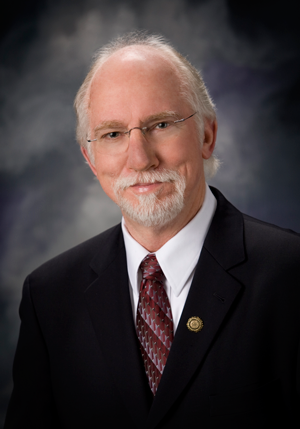What the Coronavirus Crisis Can Teach Us about Bullying Prevention
How to Engage and Motivate People to Wear Masks and Maintain Social Distance
August 1, 2020To Wear or Not to Wear, That Is the Question*
September 17, 2020As a direct result of the current coronavirus pandemic, citizens around the world are receiving a real-time education in prevention science. How did such a terrible event get started? What should people do to protect themselves and others? What broader lifestyle and societal changes should occur to prevent a future resurgence?
We all hope that undergoing this experience will have the effect of creating a more knowledgeable public, as the future will most certainly bring another challenge. At such future time, citizens will once again be called upon to put prevention science to work against a common foe.
For those directly concerned with the social-emotional well-being of young people, that future is now: The prevention target should be bullying, and this is how to apply what we are learning:
Follow the Science to Halt the Spread
Many localities are addressing the COVID-19 virus by successfully applying multisystemic prevention recommendations firmly rooted in the scientific literature that target individuals, families, businesses, institutions, and communities. Similarly, current best practices in bullying prevention are focused on preventing the spread of bullying through multisystemic, “social-ecological” approaches. These procedures recognize that both bullies and victims interreact in and are products of multiple social systems. These systems include everyone in the school building, but also family members and the greater outside community. When bullying thrives, entrenched social forces within these systems may be supporting it, knowingly or unknowingly.
The often employed “zero tolerance” focus that selects-out only individual bullying perpetrators to punish is akin to merely isolating symptomatic virus patients as the sole response to a growing pandemic. Both actions are short-sighted and unsupported in the literature. Potentially effective bullying prevention brings school, family, and community members together to design a multisystemic approach that is assessed through testing and is coordinated, enduring, and closely monitored. Each classroom, each year, can decide to be a truly effective “No Bullying” environment, but it will require much more than just punishing a few offenders.
Everyone Can Help through Social Distancing
There is a reciprocal relationship between students who bully and the other students within their environments. Most students who bully are highly influenced by and dependent upon the reaction of victims and peer bystanders. The research suggests that most students who bully select victims who are further down the perceived peer social ladder. This allows their aggression to show their superior position and dominance to the larger bystander peer group. Indeed, this need for peer social approval may be one of the strongest elements maintaining a schoolwide bullying problem.
In this bullying analogy, “social distancing” means teaching that powerful peer bystander group to remove its highly sought after attention and approval. Students can and should be taught to express vocal disapproval or to step forward and ally with the victim. However, these critical prevention behaviors do not come easily. For many students, the act of stepping forward in support of a victimized classmate is fraught with fear for their own possible victimization. To address this concern, worried students should be taught to remove social approval by simply walking away and refusing to be the audience. Once greater confidence is gained, teachers and parents should teach them – with practice – the skills needed to seek out an adult, verbally call-out the behavior, or physically step in a supportive fashion. Being an “Upstander” is a powerful skill to be taught, not just a vague expectation written on a hallway poster.
Attend to the Most Vulnerable
When a community mobilizes to prevent the spread of a serious virus, public attention turns to the needs of elderly persons and others who are higher risk and who need more than the ordinary level of concern. In a typical middle or high school, surveys generally find 15 to 20 percent of the students will acknowledge bully victimization. Contained within that percentage are students whose victimization is particularly chronic and seriously distressing. Research has shown that many such school-age victims carry victimization effects into later life and suffer with significantly higher levels of adult mental health conditions. While rare, chronic bullying victimization can also be that additional life stressor for already troubled and emotionally vulnerable students that can lead them to self-harm or take their own lives. With parent input and support, school professionals need to actively seek out these most high risk students and facilitate the multi-systemic emotional supports and coping skills required.
Support First Responders
It is a rare onlooker to the coronavirus pandemic who has not been moved by the selfless actions of the emergency response and healthcare workers. Although the analogy is imperfect, it is also important for schools to recognize and support the adults and students who step forward every day to engage in bullying prevention. To be the best first responders that they can be, teachers need more than just a school bullying policy. They need research-supported training and ongoing administrative and parental support. Counselors and school psychologists need lower staff-pupil ratios and release time from other responsibilities in order to work directly with students involved. Finally, students who choose bravely to step-in and become “Upstanders” in support of peers being victimized should be acknowledged for the young heroes that they are.
It is not too much to hope that global societies will emerge from this pandemic with greater recognition and appreciation for how groups of people are intimately connected and how understanding that connection defines an effective disease prevention response.
With that can also come the insight that a behavior as globally pervasive and individually cruel as bullying also can be more effectively addressed and prevented by understanding the wider connections and employing a science-informed and multisystemic approach.
About the Author: Jim Larson, Ph.D., NCSP

